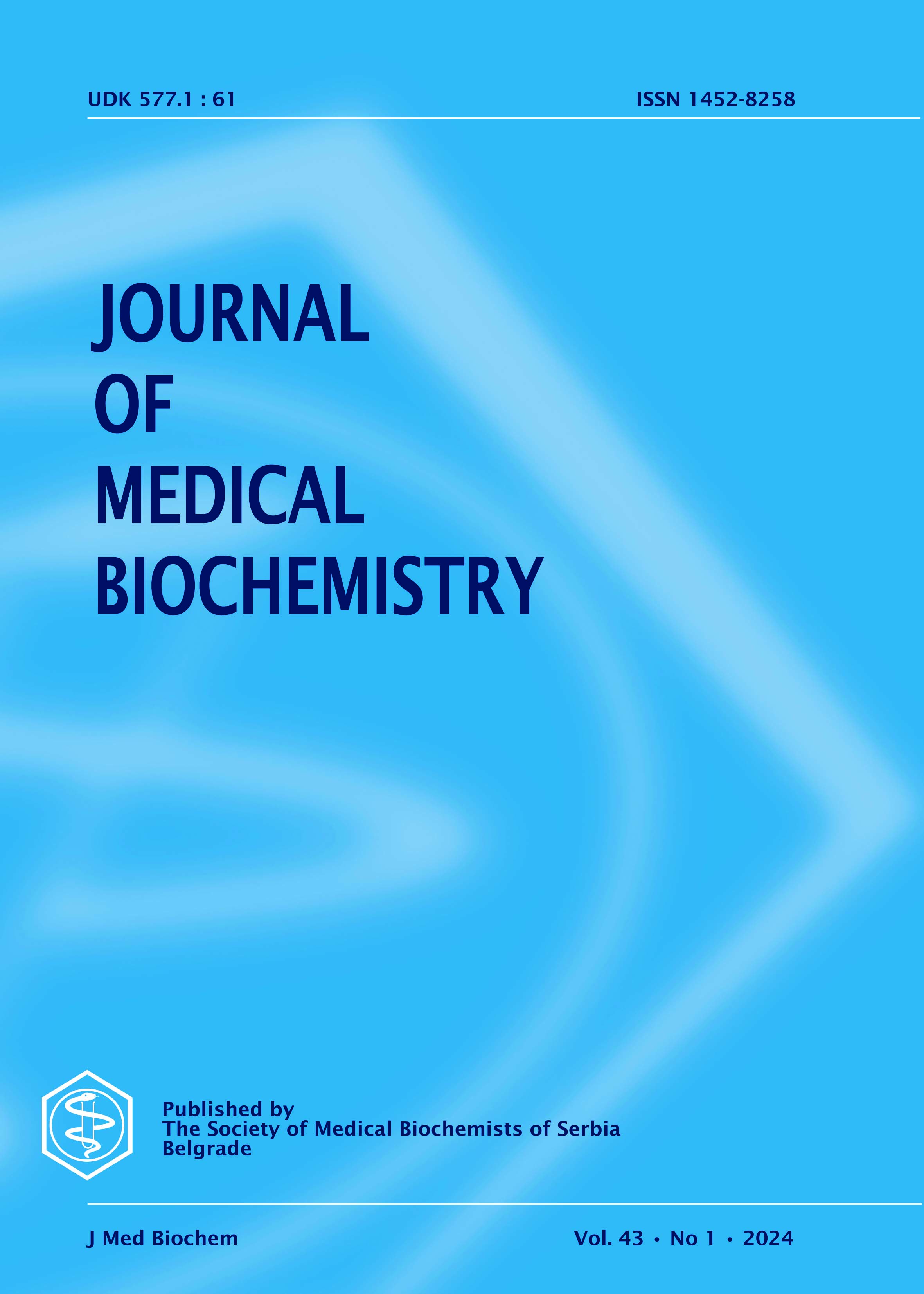Prevalence,cut-off values and variant spectrum of G6PD deficien-cy patients : based on a population-cohort of 31482 neonates fr-om Newborn Screening among Hefei,Fuyang and Anqing city
Abstract
Background: Glucose-6-phosphate dehydrogenase (G6PD) deficiency is an X-linked recessive Mendelian genetic disorder,characterized by neonatal jaundice and hemolytic anemia,affecting more than 400 million people worldwide. The purpose of this research was to investigate revalence rates of G6PD deficiency and to evaluate establish specific cut-off values in early prediction of G6PD deficiency by regions(Hefei,Fuyang,Anqing) on different seasons ,as well as to investigate the frequencies of G6PD gene mutations among three regions mentioned above.
Methods: A total of 31482 neonates (21402, 7680, and 2340 for Hefei, Fuyang, and Anqing city, respectively) were recruited. G6PD activity conducted on Genetic screening processor (GSP analyzer,2021-0010),was measured following manufacturer’s protocol.The cut-off value was firstly set to 35U/dl Hb.Positive subjects were recalled to attend genetic test for diagnosis.The receiver operating characteristics (ROC) curve was employed to assess and compare the efficienc-y of G6PD deficiency in the prediction of G6PD deficiency among Hefei,Fuya-ng and Anqing city on different seasons. Data was analyzed using SPSS (v. 25.0, IBM, Chicago, IL, USA)and MedCalc (v. 19.05, Ostend, Belgium). Mappin-g was performed using GraphPad Prism 9.00 (GraphPad Software, La Jolla, C-A, USA)
Results: A total of 31482 participants were screened for G6PD deficiency,and 29 neonates were finally identified with G6PD deficiency,having a overall reval-ence rates of 0.09%.Results the incidence rate on the G6PD deficiency was 0.10% (22/21380)for Hefei city, 0.04%(3/7667) for Fuyang city, and 0.17%(4/239-6) for Anqing city.The optimal cut-off values of ROC curve in the prediction of G6PD deficiency was 26.55 U/dl Hb for Hefei city(Spring:21.80 U/dl Hb,Su-mmer:26.55 U/dl Hb, Winter: 23.16 U/dl Hb),for 6.35 U/dl Hb Fuyang city ,7-.15 U/dl Hb for Anqing city. R463H (17/57,29.82%)was the most frequent variation,followed with R459L(15/57,26.31%),H32R(8/57,14.04%),L342F(6/57,10.53%),V291M (6/57,10.53%).
Conclusion: We have established the optimal cut-off values of G6PD activity in prediction of G6PD deficiency among Hefei,Fuyang and Anqing city on different seasons ,which will aid early detection of G6PD deficiency among neonates of regions mentioned above.We have also investigated the prevalence of the regions and discovered the frequency mutations.Those results will help G6PD screening promotion and precision diagnosis for Anhui province.
Copyright (c) 2023 Hui Li, Yah Ch’ih, Meiling Li, Yulei Luo, Hao Liu, Junyang Xu, Wangsheng Song, Qingqing Ma, Ziyu Shao

This work is licensed under a Creative Commons Attribution 4.0 International License.
The published articles will be distributed under the Creative Commons Attribution 4.0 International License (CC BY). It is allowed to copy and redistribute the material in any medium or format, and remix, transform, and build upon it for any purpose, even commercially, as long as appropriate credit is given to the original author(s), a link to the license is provided and it is indicated if changes were made. Users are required to provide full bibliographic description of the original publication (authors, article title, journal title, volume, issue, pages), as well as its DOI code. In electronic publishing, users are also required to link the content with both the original article published in Journal of Medical Biochemistry and the licence used.
Authors are able to enter into separate, additional contractual arrangements for the non-exclusive distribution of the journal's published version of the work (e.g., post it to an institutional repository or publish it in a book), with an acknowledgement of its initial publication in this journal.

